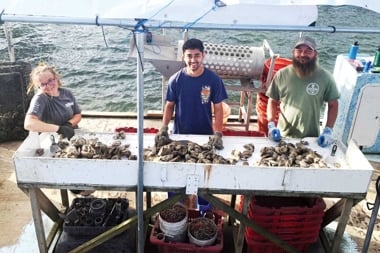Wildlife Wednesday: Fossa

Parents and Madagascar fans might be familiar with these ferocious predators On this Wildlife Wednesday, we learn about fossas!
Parents and Madagascar fans might be familiar with these ferocious predators—as the main bad guy for the well-loved children’s movie, their presence was normally heralded by warning calls and much scrambling by the good guys.
However, there’s a lot more to these strange creatures than scaring lemur colonies and speaking in third person. On this Wildlife Wednesday, we set the record straight about the fossa.
Habitat
These weasel-like island dwellers can be found high in the trees and along the floors of Madagascar’s forests.
Trivia
- The fossa’s reputation in Madagascar isn’t unfounded—they’re the island-nation’s top predator, and will make a meal of fish, rodents, and wild pigs. Their main food source, though, is the lemur.
- However, researchers have yet to meet a fossa able to speak English. Instead, these normally quiet carnivores roar to intimidate fellow fossa. Females also mew to attract mates while males are known to yowl and howl when competing for a mate.
- At first glance, fossa might be related to a cat (after all, they both have retractable claws) or a weasel. Until recently, scientists thought that they were a species of primitive cat.
- However, they’re actually related to mongooses—researchers now believe that their common ancestor arrived in Madagascar some 21 million years ago.
Why are they threatened?
Unfortunately, much like their lemur prey, fossas face a number of threats that are having a serious impact on their population numbers. Currently, they’re classified as “vulnerable” by the IUCN, though they’ve been considered to be endangered in the not-so-distant past.
These carnivorous creatures depend on the forests of their island home as most of their prey is forest-dwelling. However, swaths of Madagascar’s forests are being lost to agricultural land for crops, pasture for livestock, and logging practices.
Fossas are also considered pests by local people, since they’re known to occasionally make a quick snack of domestic fowl. They’re often the target of hunting parties hoping to eradicate the animals from surrounding forests.
Finally, they face competition from species that have been introduced to the island and are known to fall prey to feral dog packs.




